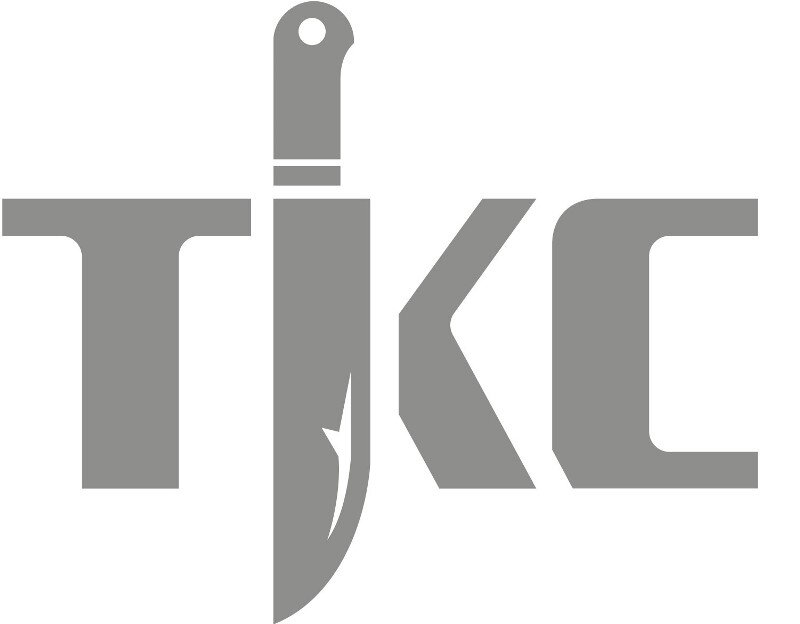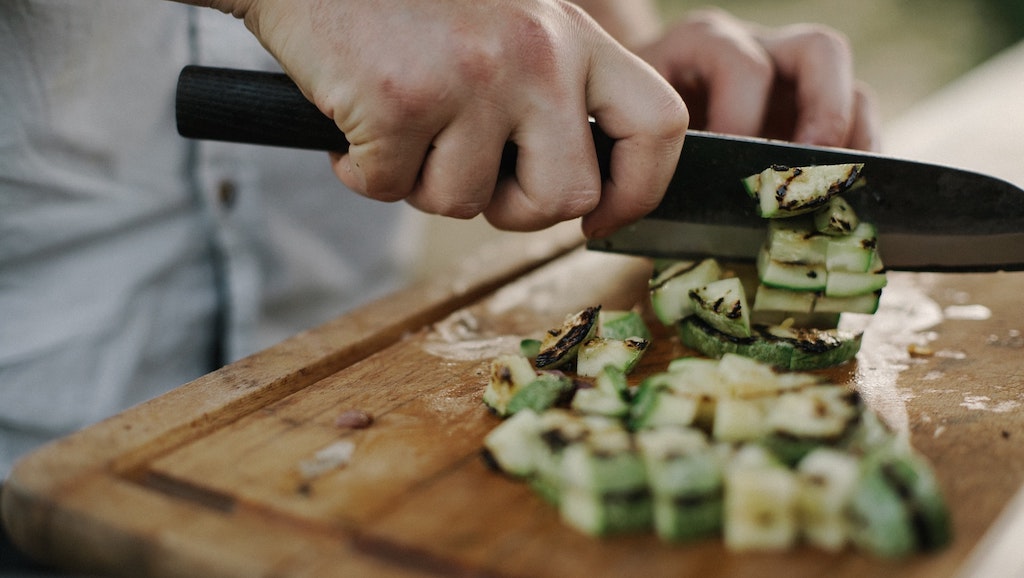At Total Knife Care, once you get past the shelves and shelves of Nirey electric knife sharpeners and the beautiful boxes containing all of the IO Shen knives, out the back you’ll find all of these other useful little tools and products that you will need to pamper your knives and keep them in great shape – a cross between a spa and a gym for knives.
One of the most useful, and perhaps most misunderstood of these tools is the honing steel. As a kid this particular item in the kitchen drawer seemed either useless (or mystical) and sometimes was hijacked for more realistic sword fights without scaring the parents half to death by using the real knives. And many adults don’t go much beyond that level of awareness of honing steels either.
So, to compensate for this, here is a short and sweet guide to honing steels.
First let’s deal with some of the misconceptions and contradictions about honing steels and sharpening steels… technically the word ‘hone’ means to remove very small amounts of metal from something – from a cylinder in an engine for example – to make sure the piston fits snugly inside.
A honing steel, on the other hand, does not actually remove any metal from a knife blade. What it does is straighten out any folding over of the metal of the blade edge, and this has the effect of making the blade cut better. If you look at a knife blade under high magnification you will see (unless it is new or recently sharpened) small bits missing as well as sections where the edge of the blade has curled over. Both of these deformities are caused by the blade hitting hard surfaces such as bones, or hard cutting surfaces (which is why you should always use a cutting board).
A honing steel can only ever keep an existing blade so sharp. Once there are too many microscopic chunks missing from the edge then the knife must be properly sharpened, which does involve removing minuscule amounts of steel from the blade to create a new edge – this is called ‘re-profiling’.
Even though a traditional honing steel does not remove any steel from a blade, newer style sharpening steels, some using diamond-based coatings or ceramic rods, do actually remove small amounts of steel from the blade and so therefore do actively sharpen the blade (Total Knife Care stocks both types).
Sooner or later a knife which has been kept as sharp as it can be with a honing or sharpening steel will become dull, and at this point the only option is to properly sharpen the knife, either using a whetstone or a good electric knife sharpener.
Those people who need sharp blades every day (workers at Tokyo’s Shibaura wagyu beef slaughterhouse for example, who keep a honing steel at their side at all times) make sure they use honing steels before they use any of their knives, and in fact since it’s so quick and easy, and as long as you do it the right way, it’s a great way of making sure your knives are as good as they possibly can be on a day-to-day basis.
And chefs, when asked on Reddit, what ‘layman mistakes’ non chefs were making, suggested as tip number 3 – “sharpen your knife every time you use it with a honing steel!”*
Of course, once your knives are sharp, the best way of keeping them that way is to follow our guidelines here.
*Read the rest of the tips here… http://www.businessinsider.com.au/chefs-on-mistakes-you-make-while-cooking-2016-3
PS if you’d like to read the ultimate nerd guide to sharp blades, check this out… https://scienceofsharp.wordpress.com/









